River Walleye: The Crankbait Effect

River walleye are constantly on the move. They move up river in fall and through the spring, and then migrate back down the river in preparation for the summer months. Even in rivers known to harbor “resident” fish, walleyes are constantly on the move in search of just the right current and feeding opportunities. A river is an environment of constant change. Water levels rise and drop, current goes up and down, and the abundance of forage is constantly changing. This could mean that where you found an ideal backwater or current break that was holding a ton of walleyes one day might be either a dry sandbar or a raging channel the next. That means the walleyes are constantly needing to move to find ideal feeding and resting areas. One of the best ways to locate these scattered fish is to cover water quickly with fast paced presentations such as casting crankbaits.
River Crankbait Technique
Casting crankbaits in a lake is not the same as casting crankbaits in a river. In a river it is important to keep your bait near the bottom because of the way the walleyes position themselves in relation to the current. The best way to locate walleyes, especially in the late summer and fall, is to find structure that offers forage, current, and cover. Wing dams are one of the best pieces of structure that will hold fish regularly. When I fish a wing dam, I generally will use a crankbait that dives anywhere from 3-8 feet below the surface mainly because I want the bait to dig and bounce off of the submerged rocks and timber. A few of my favorite crankbaits include the Rapala DT-6, Rapala Shad Rap, and the Storm Smash Shad. All of these baits produce a lot of vibration, which helps the walleyes locate the baits by using their lateral lines. Most of the time the walleyes will position themselves facing into the current on the front side of the wing dam. This gives them the best vantage point for seeing and picking off prey, so vibration and sound can play a key factor when trying to intercept fish. However, I always fish the entire wing dam (front, top, back, and tip) mainly because walleyes will utilize the entire piece of structure throughout a portion of the day.
River Crankbait Equipment
The typical setups that I will use when casting crankbaits on the river consist of a 7’0” medium power and moderate action bait casting rod paired with a 10 pound test braided line and also a 7’0” medium light power and fast action spinning rod paired with a 6 pound test braided line. With these two setups I am able to fish any sized crankbait that is needed for the situation I am fishing. The key to the setups I’m using is the small diameter braid that cuts through the water more efficiently than mono, which allows me to get a little more depth from my crankbait. Because the line is no-stretch, it’s also very sensitive, making it easy to feel the vibration of the lure and helps me detect if the bait picks up any debris, stops working, or got bit by a following predator.
Crankbaits play an important role in a serious walleye angler's tackle box. Used properly, crankbaits can be the best things to use in certain situations. So if you’re looking to put more and bigger fish in your boat this summer and fall, add a few crankbaits to your arsenal and be prepared to start catching quality fish.
- Josh Stevenson
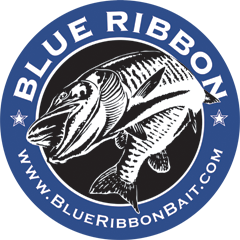
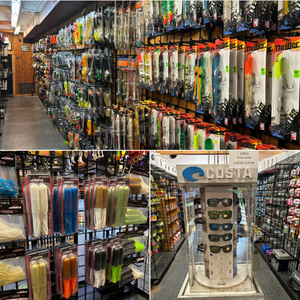
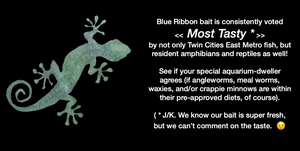
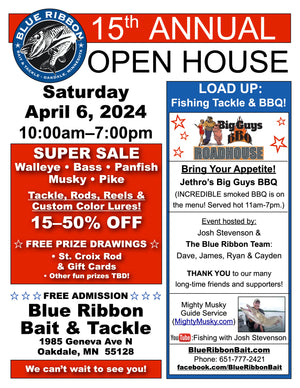
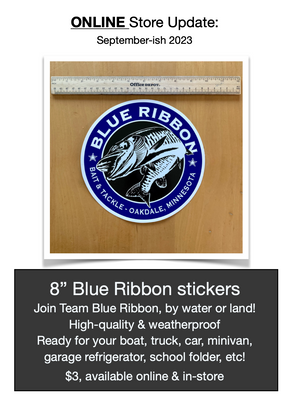
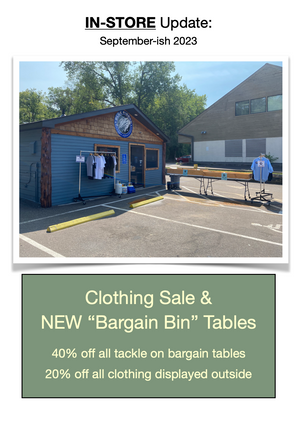
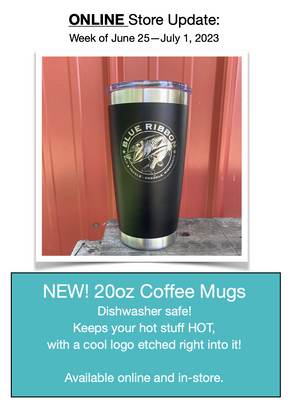
Comments 0